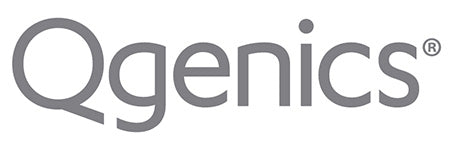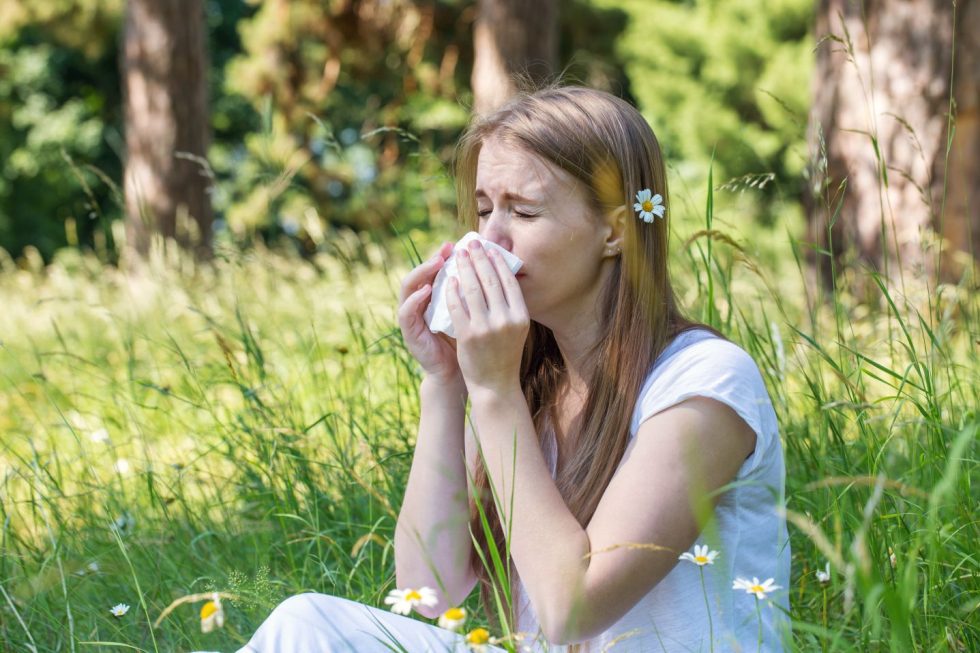Spring has sprung, and that means blooming trees and plants. Allergy season is here for millions of people.
According to the American Academy of Allergy, Asthma and Immunology:
- Roughly 7.8% of people 18 and over in the U.S. have hay fever.
- Worldwide, allergic rhinitis (inflammation and swelling of the mucous membrane of the nose) affects between 10% and 30% of the population.
What is an allergy?
Allergies occur when your immune system reacts to a foreign substance, such as pollen.
Your immune system produces substances called antibodies in reaction to a particular allergen which is identified a harmful, even though it isn’t.
This reaction can cause inflammation of the skin, airways and sinuses. Sneezing, runny nose, and itchy and watery eyes, can have a significant impact on a sufferer’s quality of life.
Sources of Seasonal Allergies
The most common allergens are pollens from wind-pollenated plants, such as trees, grasses, and weeds. Hay fever comes by its name from hay-cutting season.
Grasses, such as ragweed, sagebrush, pigweed (amaranth), lamb’s quarter’s (white goose foot) and tumbleweed are all sources of allergens, with ragweed being the most common.
Natural Help for Allergy Symptoms
Thankfully, there is much scientific evidence which points to beta-glucan providing natural relief for allergy symptoms.
Beta-glucan is a form of soluble fiber derived from the cell walls of baker’s yeast that can support and modulate the immune system.
Studies published on PubMed.gov have shown that beta-glucan supplementation for 4 weeks significantly improved allergy symptoms. Beta-glucan may reduce runny nose, sneezing, congestion and itchy, watery eyes caused by pollen allergies. It also offered improved overall physical health and emotional wellbeing as compared to a placebo.
The health benefits of beta-glucans are well documented and show they support the immune system, the body’s first line of defense against illness, disease and allergies.
Other Suggestions for Reducing your Exposure to Allergy Triggers
The Mayo Clinic offers the following suggestions for reducing exposure to allergy triggers:
- Stay indoors on dry, windy days. The best time to go outside is after a good rain, which helps clear pollen from the air.
- Delegate lawn mowing, weed pulling and other gardening chores that stir up allergens.
- Remove clothes you’ve worn outside and shower to rinse pollen from your skin and hair.
- Don’t hang laundry outside — pollen can stick to sheets and towels.
- Wear a pollen mask if you do outside chores, or work outside.
- Check your local TV or radio station, your local newspaper, or the Internet for pollen forecasts and current pollen levels.
- Close doors and windows at night or any other time when pollen counts are high.
- Avoid outdoor activity in the early morning when pollen counts are highest.
- Keep indoor air clean using a portable high-efficiency particulate air (HEPA) filter in your bedroom.
- Clean floors often with a vacuum cleaner that has a HEPA filter.
- Keep indoor air dry with a dehumidifier.
- Use the air conditioning in your house and car.
There’s so much to love about the Spring season. Have your best Spring by taking actions to minimize seasonal allergies.

